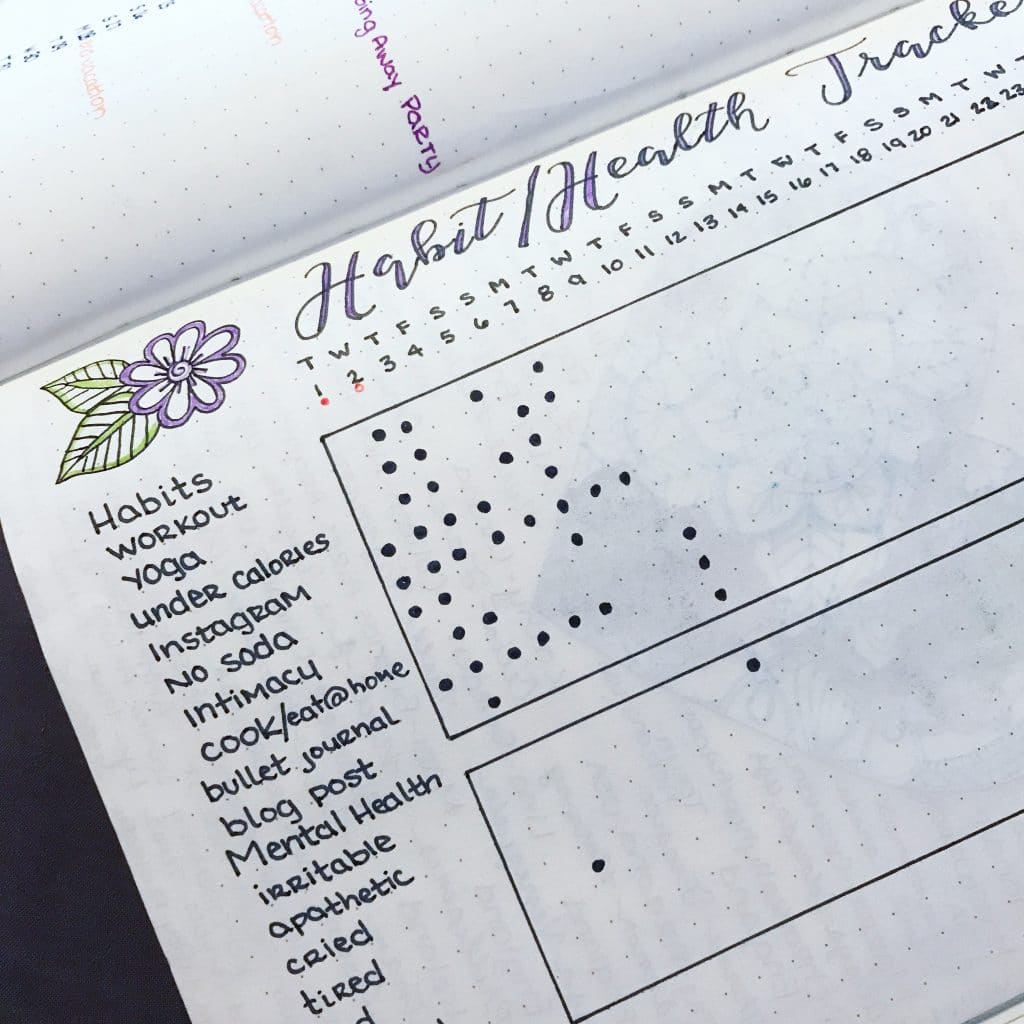Habits are the building blocks of our lives—small routines that shape our behavior, mindset, and long-term success. But creating positive habits that last can feel overwhelming. In this article, you’ll explore the science behind habits, why they matter, and how to design routines that truly give you resilience, productivity, and personal growth.
🧠 What Makes a Habit a Habit?
A habit is an automatic behavior triggered by a cue and followed by a reward. The habit loop, as identified by researchers such as Charles Duhigg and Ann Graybiel, includes:
- Cue: A prompt—time, place, emotion, or cue in the environment.
- Routine: The behavior you perform.
- Reward: What your brain receives afterward—dopamine, relief, or satisfaction.
Over time, this loop becomes wired in your brain, making the habit feel effortless. Understanding this loop lets you create powerful habits intentionally.
Why Habits Matter
- Energy savings: Automatic routines reduce mental load.
- Consistency: Small actions repeated over time lead to big results.
- Identity change: Habits shape who you become.
- Momentum: Each completed habit boosts confidence and momentum.
Positive change comes not from massive effort but from tiny actions that stack up.
Step 1: Choose Your Keystone Habits
Keystone habits are small routines that have ripple effects across your life. For example:
- Making your bed each morning improves focus and clarity.
- A daily walk boosts mood, reduces stress, and encourages health-conscious behaviors.
Instead of chasing 10 habits at once, identify a few keystones to anchor your growth.
Step 2: Use the Habit Equation
James Clear’s formula simplifies habit creation:
Habit = Cue + Craving + Response + Reward
- Cue: Something simple and consistent (e.g. 8 a.m. alarm).
- Craving: Attach a desire (e.g. feeling energized).
- Response: Make the action easy.
- Reward: Feel the satisfaction.
Design your habit loop consciously.
Step 3: Make It Obvious, Attractive, Easy, and Satisfying
Use Clear’s Four Laws:
- Obvious: Place visible cues (journal on your nightstand).
- Attractive: Link habits to things you enjoy (listen to music while cleaning).
- Easy: Break down complex tasks (e.g. “Put on shoes” instead of “Go running”).
- Satisfying: Create immediate rewards (check off on habit tracker).
Each step makes a new routine more likely to stick.
Step 4: Stack Your Habits
Habit stacking links a new behavior to an existing habit—making it more seamless.
- “After I drink my morning coffee, I will write one sentence in my gratitude journal.”
- “After I shower, I will do three minutes of stretching.”
Stacking builds on your brain’s existing pathways, making new habits easier to adopt.
Step 5: Track Your Progress
Habit tracking is essential for accountability and momentum:
- Use a paper journal, app, or calendar.
- Check the box only if you complete the habit.
- Sequences of ticks create visible proof and motivation.
This small visual cue reinforces progress.
Step 6: Use Time-Based Triggers
Schedule habits at consistent points in your day to build stability (e.g. before bed, first thing in the morning, or during lunchtime).
Time-based triggers override mood or willpower—they create reliability.
Step 7: Build in Accountability
Make habits contagious:
- Join a buddy system or accountability group.
- Share your public goals.
- Ask a friend to check in weekly.
Social pressure and support dramatically increase adherence.
Step 8: Plan for Obstacles and Adapt
Expect disruption—travel days, busy weeks, illness. Resilience comes from flexibility:
- Plan for a “backup habit” (e.g. 5 push-ups instead of full workout).
- Skip without guilt and resume immediately.
- Reflect on what stopped you and adjust your system.
Imperfection doesn’t break progress.
Step 9: Use Technology Wisely
Smart tools can help:
- Habit apps (Habitica, Streaks, Strides).
- Reminders to prompt cues.
- Smart speakers that trigger morning routines.
Use them to support—not replace—your intentional habit design.
Step 10: Celebrate Identity Reinforcement
When habits are complete, reinforce your identity:
- “I am the kind of person who exercises daily.”
- “I am someone who reads before bed.”
This internal narrative strengthens belonging to the identity you want to build.
Real Habit Case Study
Meet Sara:
- Cue: She places a notebook on her pillow before bed.
- Routine: Right after brushing teeth, she writes one gratitude.
- Reward: She reads a few minutes before sleep.
- Trigger: The notebook is visible, and writing it takes 5 minutes.
- Tracking: She marks each entry on a calendar.
Over two months, she built daily reflection, better sleep habits, and positive mindset—all from one keystone habit.
Common Challenges & Fixes
- Perfectionism: Skip your habit and resume tomorrow.
- Vague habits: Make it specific (“read one page” vs “read”).
- Lack of cue: Use environment and timing to anchor.
- No reward: Create a mini-celebration or track on a digital calendar.
These small tweaks make all the difference.
The Compound Effect Principle
Small habits may seem trivial day to day—but repeated consistently, they add up exponentially.
- 1% improvement daily = ~37x better in a year.
- Small changes lead to momentum, identity shifts, and lifestyle evolution.
Trust the process—even when changes seem slow.
Final Thought
The true power of habits lies in their hidden influence on behavior. By understanding how habits are formed—and leveraging tiny, smart tweaks—you can create positive change that lasts.
Start today by identifying one keystone habit, designing a simple habit loop, and sticking with it daily. Your future self will thank you.
